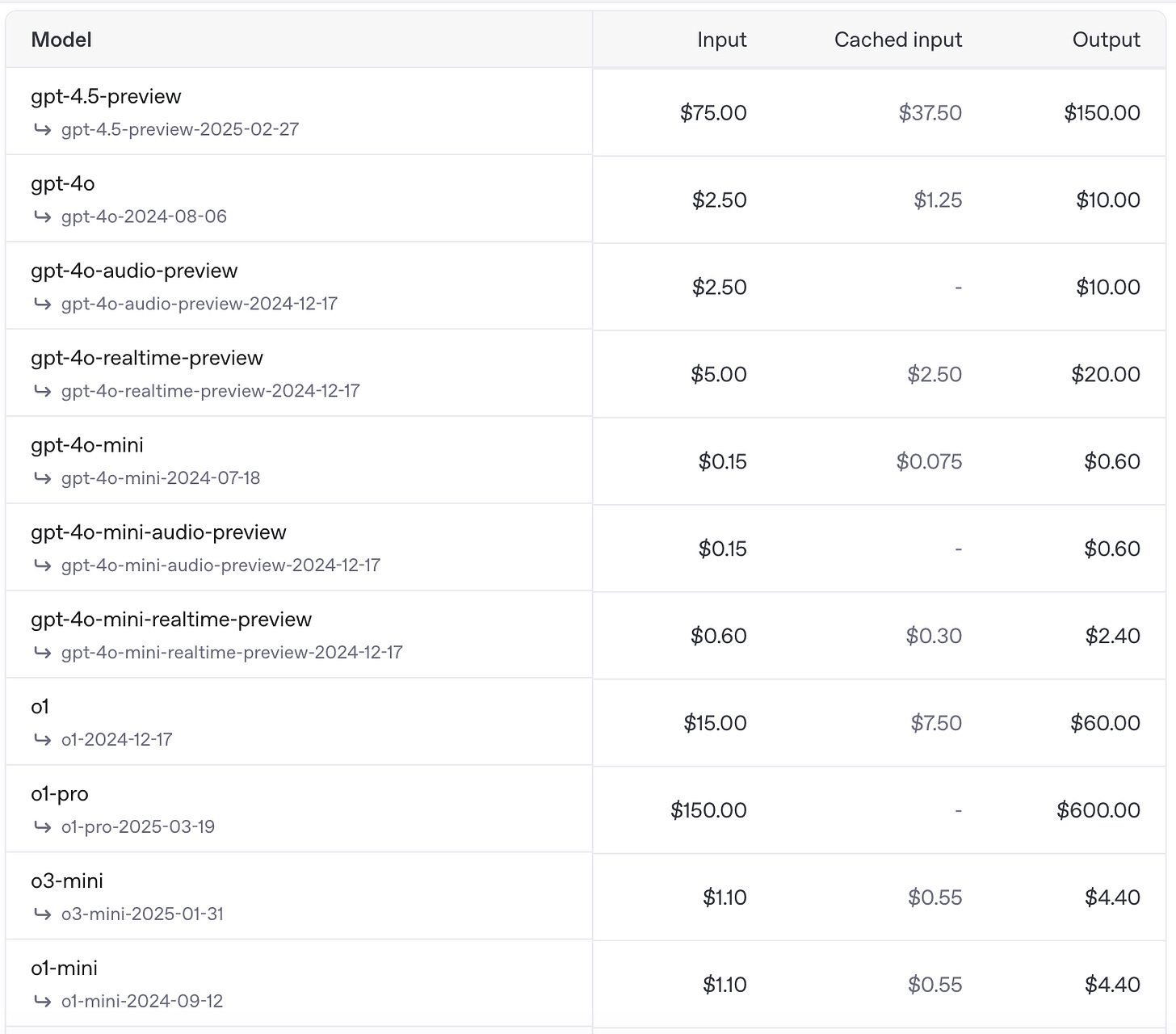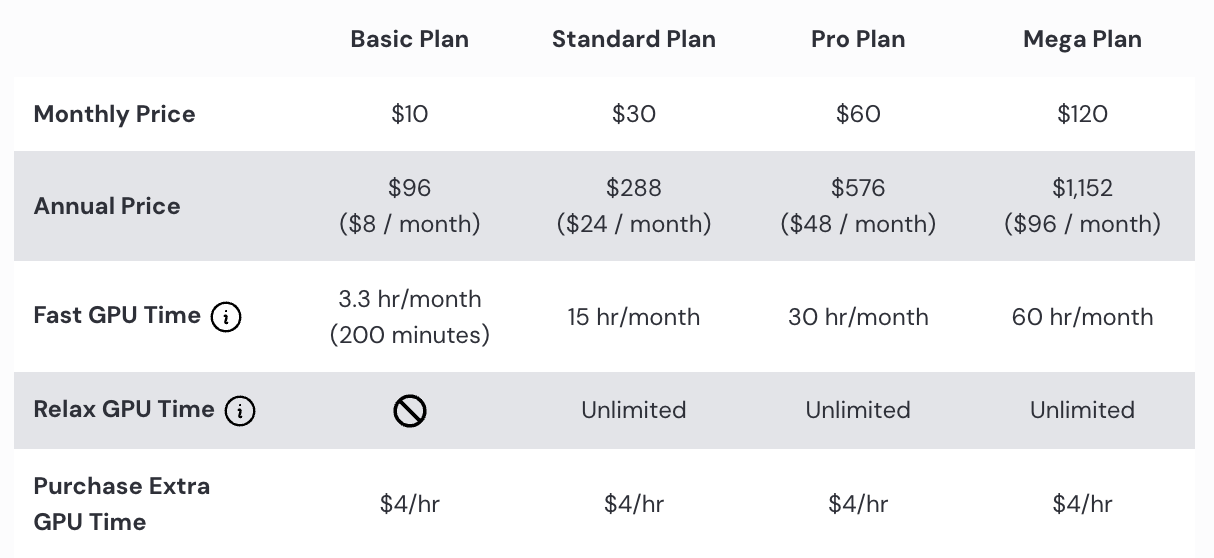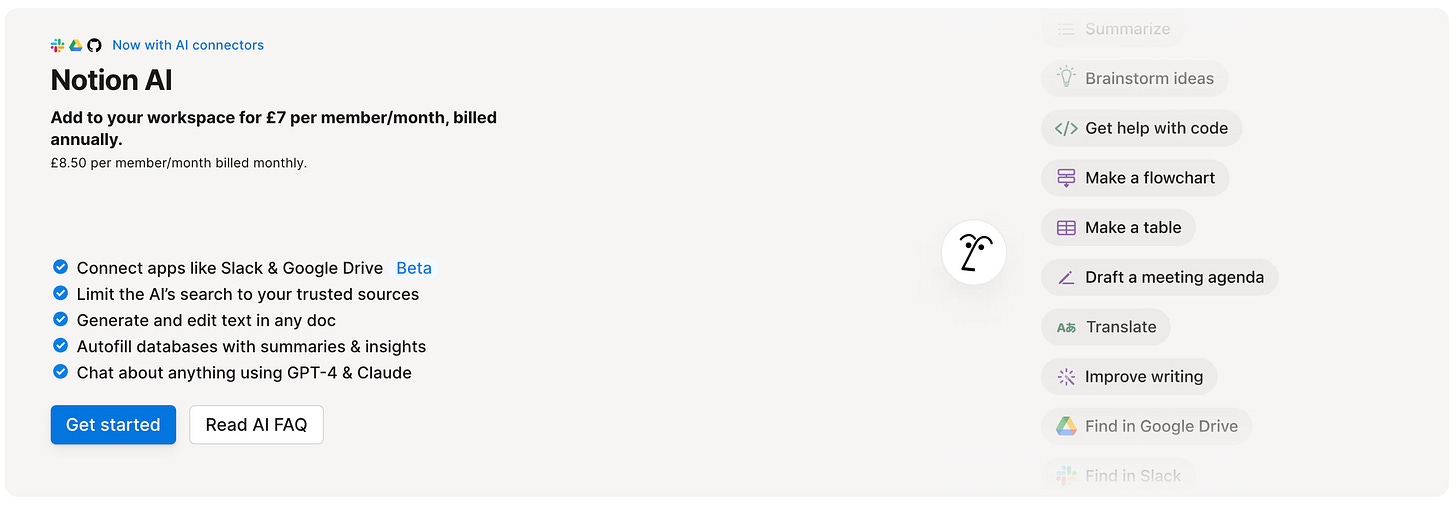From free magic to paid value: a playbook for monetizing AI [Part 1]
AI is everywhere,from chatbots smoothing customer support to personalized recommendations. But while AI-powered tools are taking over the world, making money from them is a different.
Users expect AI features for free, yet building and maintaining AI models is anything but cheap.
So how can companies monetize AI effectively without pushing users away?
As AI tools become table stakes, companies are scrambling to figure out how to price them. But the path isn’t clear. If you’ve looked at any recent SaaS pricing page, you’ve likely noticed a pattern: it’s getting… complicated.
Think usage caps, credit systems, separate SKUs, even surprise upgrades. All signs that monetizing AI is still a work in progress.
In this two-part series, I partnered with Bea, a Product Manager at Cleo AI focused on growth & monetization, to dig into how companies are experimenting with AI monetization. In Part 1, we’ll unpack why pricing AI is so tricky and outline the core monetization models. In Part 2, we’ll look at real-world examples, from Duolingo to Slack to Strava, and explore where pricing is headed.
Why monetizing AI is harder than it looks
Monetizing AI isn’t just slapping a price tag on a new feature. There are three big hurdles:
💰 1. High infrastructure costs
AI models require ongoing compute power, constant tuning, data storage, and a whole lot of bandwidth. Every user prompt costs money.
🎭 2. User expectations
Many users see AI as a magical bonus, not a core value driver. Charging for it too soon can trigger backlash—especially if it was previously free.
📏 3. ROI is hard to prove
Is your AI feature actually improving user outcomes or retention? Proving value is tough, and without clear attribution, pricing gets messy.
😵 AI pricing is already getting weird
A curious trend has emerged as companies roll out AI features: their pricing pages are getting increasingly complex.
This complexity is telling. It signals a broader uncertainty in how to position and sell AI features. Instead of placing AI behind a clear paywall or bundling it seamlessly, many companies hedge their bets—adding usage caps, launching new SKUs, or experimenting with credits.
→ While this offers flexibility, it also reflects an internal struggle to align pricing with perceived value.
OpenAI’s ChatGPT introduced a Plus & Pro tier to recover infrastructure costs, while maintaining a free tier to maximize reach.
ChatGPT main paywall is pretty confusing.
Unfortunately, their pricing only gets worse when looking at API.
ChatGPT pricing of their latest models
Duolingo Max nearly doubles the price of the standard subscription to unlock AI tools.
And companies like Notion and Slack are launching AI as separate add-ons—without clear communication on what’s included.
This tells us one thing:
There’s no consensus on how to monetize AI. Just a lot of testing and hedging.
What actually works when monetizing AI
We can group monetisation strategies into three main groups: standalone, add-one and included in a plan.

1. Standalone AI products (direct)
Launch AI tools as independent products, sometimes with their own brands and pricing.
Example: Midjourney offers four subscription tiers: Basic, Standard, Pro, and Mega. The main difference between the plans is the amount of “fast GPU” time available. GPUs are used to turn your prompts into images, and your subscription pays for GPU time, similar to data on a phone plan.
Their paywall has four plans based on the amount of GPU time you need.
2. Add-on monetization (Direct)
Charge a distinct fee for access to AI features—either usage-based or flat-rate. This enables clearer attribution of value and supports long-term pricing experiments.
Example: Notion AI can be added to an existing plan for an additional monthly fee
3. Bundled into existing plans (Indirect/Direct hybrid)
The most common approach (used by 59% of companies) is bundling AI into current pricing plans, sometimes with a subtle price increase or usage cap.
Example: Canva integrated some AI features into its free and paid plans without immediate price hikes.
🛠️ Coming Up Next…
In Part 2, we’ll break down how leading tech companies are putting these models to work—and whether it’s actually working.
From Slack doubling prices to Strava sneakily upselling in-app, we’ll look at what’s smart, what’s shaky, and what’s next in the world of AI monetization.









